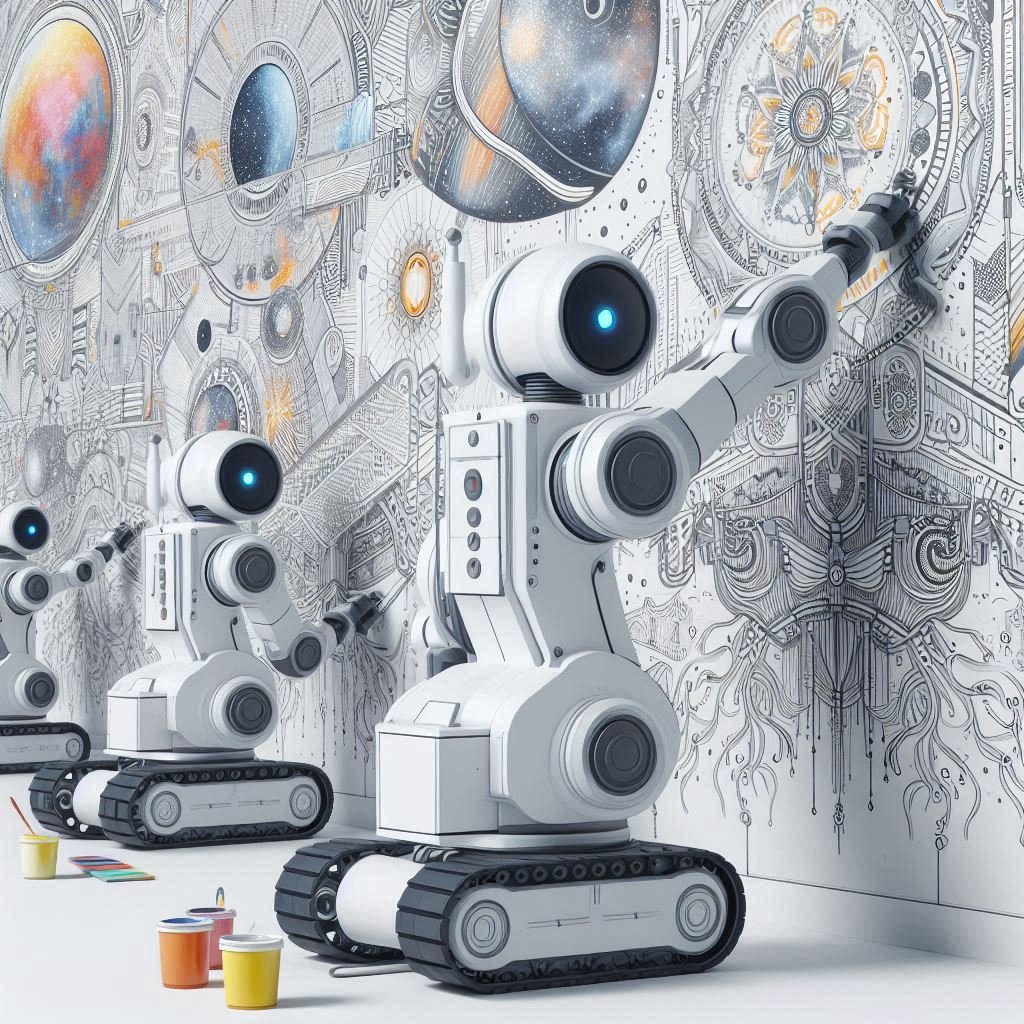In the dynamic world of architecture and interior design, wall paintings and murals play a pivotal role in enhancing aesthetics, conveying messages, and creating immersive environments. The advent of wall painting robots has revolutionized this domain, offering precision, efficiency, and cost-effectiveness. Let’s delve into the working principles of these remarkable machines and explore their advantages.
Working Principles of Wall Painting Robots
- Automated Precision:
- Wall painting robots are equipped with advanced sensors and programming.
- They follow predefined paths, ensuring consistent coverage and precise application of paint.
- Whether it’s intricate designs, geometric patterns, or large-scale murals, robots execute the task flawlessly.
- Surface Adaptability:
- These robots can work on various surfaces, including concrete, plaster, wood, and even irregular textures.
- Their adaptability allows for creativity without limitations.
- Customizable Patterns:
- Designers can program the robot to replicate specific patterns or create unique designs.
- From abstract art to realistic portraits, the possibilities are vast.
- Real-Time Adjustments:
- Wall painting robots adjust their movements based on surface irregularities.
- They detect obstacles, curves, and corners, ensuring seamless transitions.
Advantages of Wall Painting Robots
- Time Efficiency:
- Robots work tirelessly, 24/7, significantly reducing project timelines.
- Large murals that would take weeks manually can now be completed in days.
- Cost Savings:
- Labor costs decrease as robots eliminate the need for human painters.
- Precise paint application minimizes wastage.
- Consistent Quality:
- Unlike manual painting, where inconsistencies can occur, robots ensure uniform application.
- The thickness of the paint layer is precisely controlled.
- Safety Enhancement:
- Human painters face risks working at heights or in challenging conditions.
- Robots eliminate these dangers, enhancing overall safety.
- Customization and Replication:
- Robots can replicate intricate designs with accuracy.
- Customization options allow for personalized murals.
- Reduced Disruption:
- Wall painting robots can work during off-hours, minimizing disruption to occupants.
- Noise levels are significantly lower compared to traditional painting methods.
Future Prospects
As technology advances, we can expect even more sophisticated wall painting robots. These autonomous artists will continue to redefine creativity, efficiency, and safety in the world of design and murals. 🎨🤖
References:
Thale, S., Sawant, P., Bagwe, S., & Chandrashekhar, N. S. (2022). Design of External Wall Painting Robot for High-Rise Buildings. Advances in Mechanical and Materials Technology
Everything You Need to Know About Painting Robots. Spatial Blog
Autonomous robot painters: The future of wall painting. Quantumrun









Leave a Reply